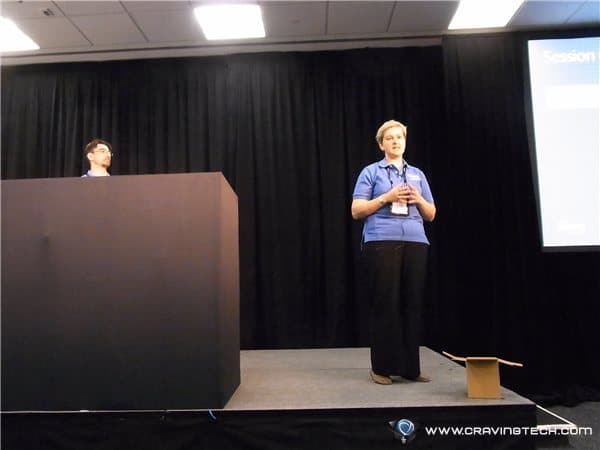Note: This is a guest post written by Dan Turner
What is a data centre? A data centre is a place to store computer systems, data, and components, where security is paramount. Whether it’s an enterprise centre serving the needs of a specific company or organisation, or a hosting centre looking after the data storage and computing requirements of many clients, the need for the data and computing hardware to be kept as safe as humanly possible remains the same.
Data security remains the job of the IT professionals working on the datacentre site, but the physical security needs of the facility are just as important. Some data centres are involved with national defence, such as the NAP of the Americas in Miami, so have to be prepared for possible terrorist incidents as well as the normal risks of break-ins for crimes such as industrial espionage, sabotage or theft.
How to secure a data centre?
- A good data centre should have a secure and monitored perimeter
This can be achieved by having a permanent security staff presence at all entrances and exits, with many layers of security within such as alarm systems, biometric keycards, and video surveillance using a combination of motion-detection devices, low-light cameras, pan-tilt-zoom cameras, standard fixed cameras, and controlled physical barriers.These often take the form of bollards, and mantraps composed of two pairs of interlocking doors designed so that the first set of doors must close before the second can open. These are either opened manually by a security guard or by electronic means, such as keypads, fingerprint or retina scans and biometric keycards. - Redundancies
Another important aspect of datacentre security is redundancies – the need for two separate sources for power, water supply, voice and data traffic. This ensures that electricity and other utilities will be maintained even in the event of the main supply failing, as will the communications functions of the facility. - Minimise points of entry
The building itself will typically keep the number of windows to a minimum and those that there are will be made from bombproof glass. Entry points should also be minimised, with just one entrance and one loading bay if possible. - Low risk
The building should be at least 100 feet from a main road, and not built close to risks such as chemical plants, power stations or airports. Surveyors should ensure that the region is not prone to earthquakes, floods, hurricanes or similar natural disasters.
Note: This guest post was written by Dan Turner








Comments are closed.